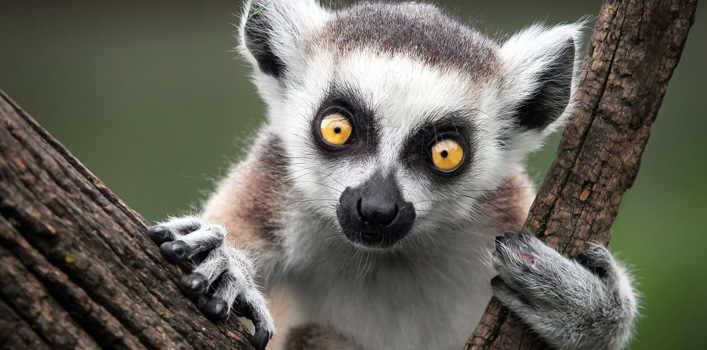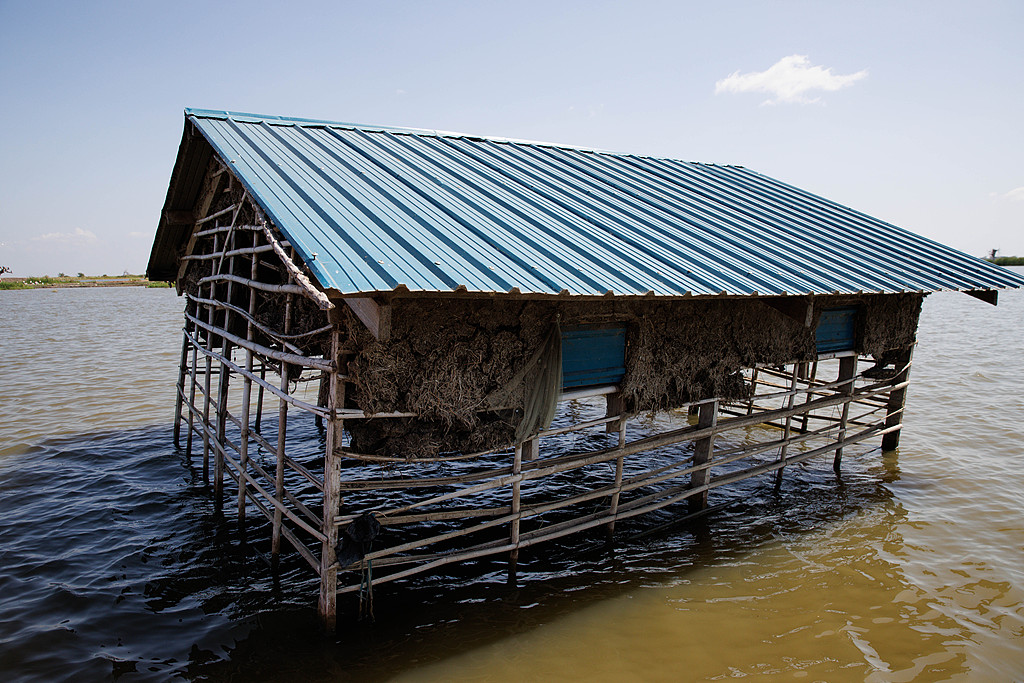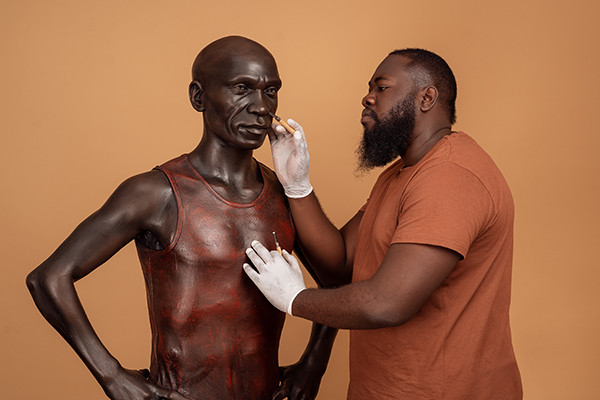
#KnowYourAfrica: Madagascar’s wildlife
Madagascar has been an isolated island for nearly 70 million years and this isolation led to the development of a unique flora and fauna, with 90 percent of its wildlife found only in Madagascar.
This distinctive ecology has led some ecologists to refer to Madagascar as the “eighth continent”, and the island has been classified by Conservation International as a biodiversity hotspot
Approximately 90 percent of all plant and animal species found in Madagascar are endemic, including the lemurs (a type of strepsirrhine primate), the carnivorous fossa and many birds.
More than 11,000 endemic plant species, including seven species of baobab tree, share the island with a vast variety of mammal, reptiles, amphibians, and others. From 1999 to 2010, scientists discovered 615 new species in Madagascar, including 41 mammals and 61 reptiles.
Madagascar has several critically threatened species including the Silky Sifaka, a lemur, which is one of the rarest mammals on earth. Its name—“angel of the forest”—refers to its white fur.
The rare Ploughshare tortoise is found only in a small area of northwestern Madagascar where as few as 1,000 of these animals survive. Ploughshare tortoises can be sold illegally for up to $200,000 on exotic pet markets.
The Aye-aye is a nocturnal lemur lives in the rainforests of Madagascar and feeds on insect larvae that it finds by tapping on tree bark with its stick-like middle finger. Today, it is highly threatened by habitat loss (rainforest destruction) and hunting. In some areas, local people believe the aye-aye brings bad luck and will kill the animal whenever they encounter it.
Other kind of species that lived in Madagascar include the giant flightless birds also known as the elephant birds. They became extinct, probably in the 17th or 18th century, for reasons that are unclear, although human activity is the suspected cause.
The dwarf hippos also known as the Malagasy dwarf hippopotamus or Malagasy pygmy hippopotamus lived on the island of Madagascar but are now believed to be extinct. The fossil record suggests that at least one species of hippopotamus lived until about 1,000 years ago, and other evidence suggests that the species may have survived until much more recently.
According to Wikipedia, in 2003 Marc Ravalomanana, the former Madagascar President, announced the Durban Vision, an initiative to more than triple the island’s protected natural areas to over 60,000 km2 or 10 percent of Madagascar’s land surface. As of 2011, areas protected by the state included five Strict Nature Reserves (Réserves Naturelles Intégrales), 21 Wildlife Reserves (Réserves Spéciales) and 21 National Parks (Parcs Nationaux).
In 2007 six of the national parks were declared a joint World Heritage Site under the name Rainforests of the Atsinanana. These parks are Marojejy, Masoala, Ranomafana, Zahamena, Andohahela and Andringitra.
To raise public awareness of Madagascar’s environmental challenges, the Wildlife Conservation Society opened an exhibit entitled “Madagascar!” in June 2008 at the Bronx Zoo in New York













